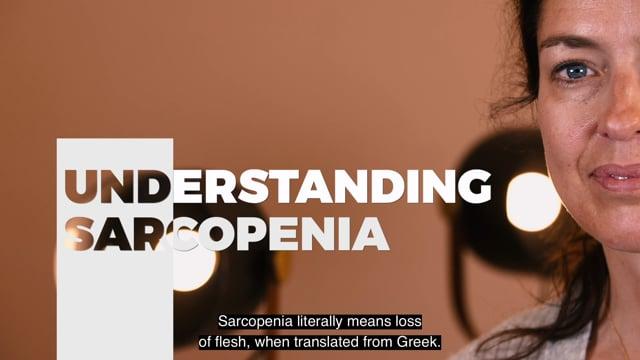Cognitive impairment and consent
Indeed, cognitive diseases, which are often perceived as an obstacle to information and consent, call for a great deal of inventiveness in order to obtain the consent of all our patients during our procedures.
The law (via the RGPD) and the code of conduct provide a framework for this obligation.
On the one hand, the General Data Protection Regulation (GDPR) defines consent as “any freely given, specific, informed and unambiguous indication of the data subject’s wishes by which he or she, by a statement or by a clear affirmative action, signifies agreement to the processing of personal data relating to him or her” (Article 4).
On the other hand, good practice requires us to provide “candid, clear, and appropriate information” (Article 35 of the French Code of Medical Ethics from September 1995) in order to obtain consent. The latter is defined as “permission for something to happen or agreement to do something” (Oxford Dictionary of English).
Inform
Processing data originating from a
fall detector can be justified by the care institution’s legitimate interest. Written consent is therefore not required for using this system but precise information needs to be provided when obtaining patients’ consent. In addition to the basic ethical aspect, it is in the care team’s interest to ensure that patients understand their treatment: their anxiety is reduced, they are more ready to accept treatment, and they are less confused.
Tools to help you
In response to GDPR recommendations, MintT is offering a series of tools to assist in obtaining the consent of patients in care institutions.
- The first document is a detailed explanatory note. There are several versions of it as all of the people using a fall detector need to be informed – patients, the care team and visitors.
- The second document is an information booklet. The care team can leave it at the patient’s bedside or use it as a discussion guide. This booklet has been designed to explain in a simple, clear way the benefits to be expected from the system, to specify which data is collected and how and why it is processed. The final part of the booklet explains the rights of patients as defined by the legislation.



